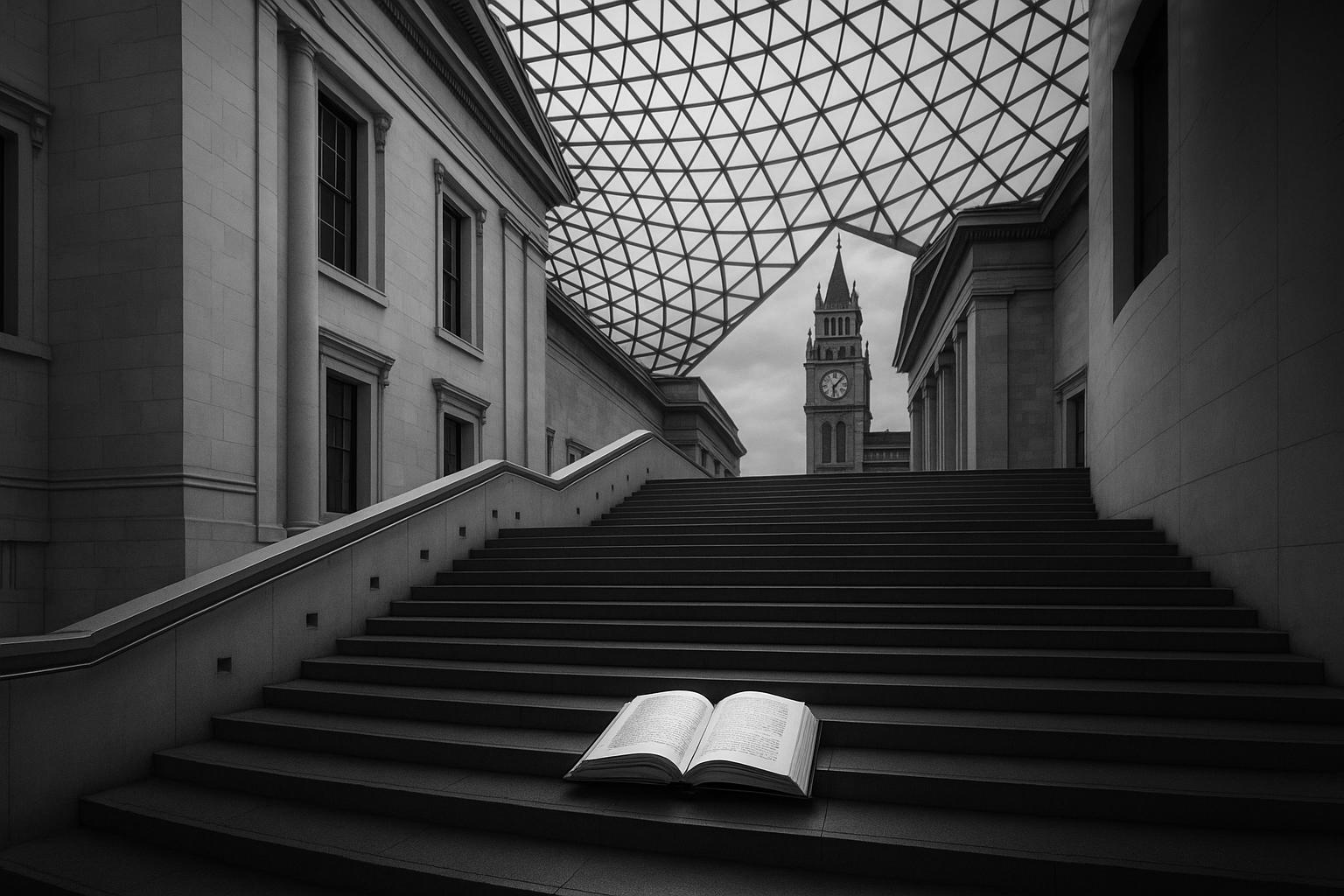Westminster City Council has unanimously approved plans by Perkins & Will to replace a vacant NHS health centre with a new, seven-storey library for the University of Westminster. The proposed development at 115 New Cavendish Street will see the demolition of the existing Latimer House building, a four-storey 1930s brick structure on Hanson Street in Marylebone, which has been unused since the university acquired it in 2016. The building, although historic, is not listed and falls outside a conservation area, which factored into the council’s decision.
The new library is designed to serve as a hub for student services, seamlessly linking with the university’s established Cavendish campus. Perkins & Will’s architectural plans feature a distinctive gridded bronze-coloured metal facade positioned between two concrete towers flanking the site. The design also includes a new entrance on Hanson Street, aiming to enhance accessibility and integration with the surrounding urban fabric. Westminster’s planning officers expressed regret over the loss of the existing building but ultimately accepted the university’s case that the constraints of the 1930s structure made its retention impractical.
The project brings together a specialist team including Gleeds as quantity surveyors, Fusion handling project management, Price & Myers on structural engineering, and other consultants covering heritage, transport, engagement, and mechanical, electrical, and plumbing services. This development signals the university’s commitment to enriching its facilities and providing modern, purpose-built resources for its students.
This library scheme forms part of a broader context of significant cultural and community developments in the Westminster area. For example, the council recently unveiled the West End Arts Library, a specialist facility located between Leicester Square and the National Gallery. Housed in a Grade II listed building with historic ties to Isaac Newton, this library is the only specialist arts public library in the West End and offers extensive collections in art, design, music, and performing arts. Its opening represents a strategic effort by Westminster City Council to nurture the local creative community and provide specialised resources for artists, students, and enthusiasts.
Meanwhile, another major community-focused project in Marylebone is underway with Willmott Dixon’s £36 million restoration of the historic Seymour Centre, also a 1930s Grade II listed building. This renovation will include a refurbished swimming pool, sports hall, open-plan gym, and a new home for the Marylebone Library. Scheduled for completion in 2026, the project prioritises accessibility improvements and community amenities such as a children’s soft play area and café, while conserving the building’s distinctive art deco heritage. The expansion of library services in Westminster, from university facilities to public offerings, demonstrates a comprehensive commitment to education, culture, and community wellbeing.
The University of Westminster’s new library initiative aligns with Westminster Council’s broader ambitions for urban regeneration and sustainable development, as seen in other recent approvals of mixed-use schemes, such as the transformation of office buildings near Westminster Abbey and new residential-commercial developments. While some of these projects have raised concerns regarding their architectural impact or proximity to heritage sites, the council’s planning committees have managed to balance respect for historical contexts with the need to foster dynamic, future-oriented urban environments.
Together, these developments underscore the ongoing evolution of Westminster as a centre for learning, culture, and community engagement, blending modern architectural interventions with the preservation and enhancement of the city’s rich heritage.
📌 Reference Map:
- Paragraph 1 – [1] (BD Online)
- Paragraph 2 – [1] (BD Online)
- Paragraph 3 – [1] (BD Online)
- Paragraph 4 – [2] (Westminster City Council)
- Paragraph 5 – [3] (Willmott Dixon), [4] (Westminster City Council)
- Paragraph 6 – [5] (Architects Journal), [6] (Architects Journal)
Source: Noah Wire Services
